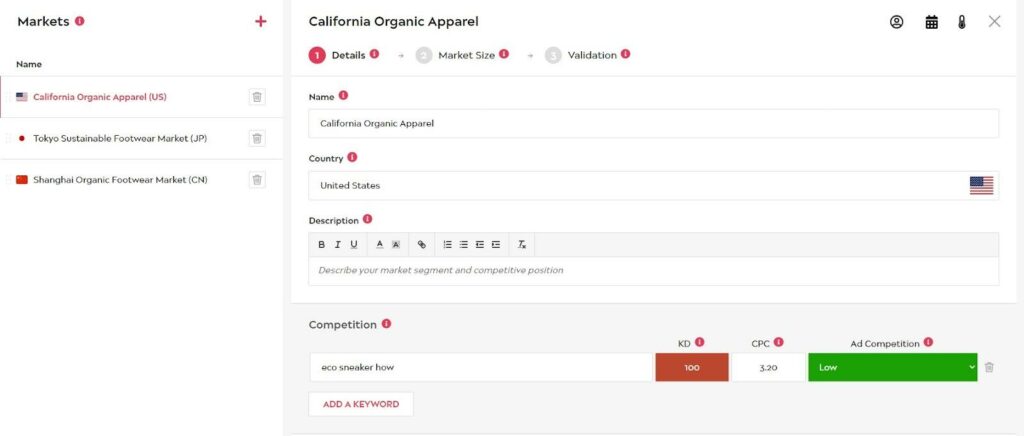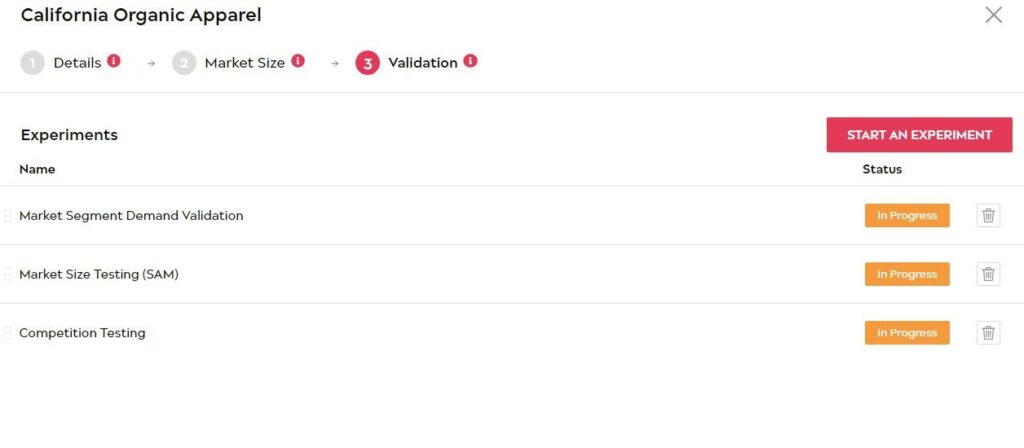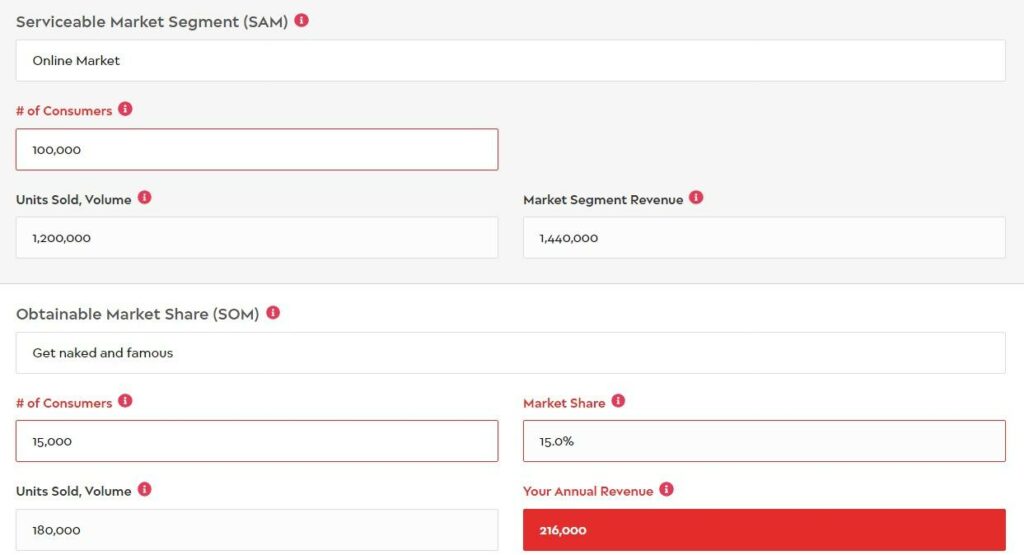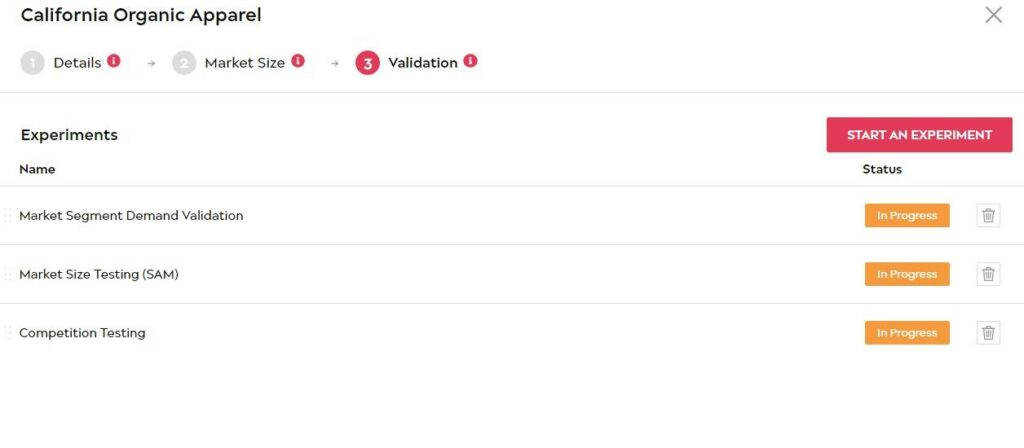Market research and market segment analysis are critical for your brand to understand your target audience, what they’re looking for, and how you can engage them. But both processes can be daunting if they’re new to you or have only limited experience in market analysis. You may have no idea where to start or how to source the data you need to increase revenue.
How do you conduct effective market research that brings you actionable information on consumers? And how do you segment those customers to target the right products to the right buyers? Read on for expert insight into how your brand can leverage market research and market segment analysis to grow your revenue.
What is Market Research?

Market research is a comprehensive process empowering businesses with invaluable information on target markets and consumers likely to purchase specific products. They can gather direct feedback from potential customers in the market for a brand’s products and test viability before bringing items to market when there’s little to no demand for them.
Market research can encompass various materials, such as product tests, focus groups, surveys, and interviews. A well-planned, well-executed market research process could mean the difference between success and failure.
What is Market Segmentation and Competition Analysis?
Markets are often so big that marketing campaigns must target specific segments within the general audience to maximize engagement. This is called market segmentation.
Understand Your Target Market
Brands must analyze the different segments within their target audience and their specific needs. You can:
- Recognize different pain points
- Streamline messaging to increase relevance and impact
- Stand out from competitors taking a more one-size-fits-all approach to marketing
- Attract prospects of a higher quality and value
- Increase customer loyalty by tailoring marketing, products, and services to their needs
Market Segmentation Research
Market segmentation research is typically based on different factors, such as:
- Geographic location
- Demographic data (age, marital status, job)
- Behavior (e.g., loyal to the brand, occasional customers, big spender)
- Psychographic (e.g., interests, lifestyle)
Competition Segment Analysis
Competition segment analysis is a vital part of researching and defining valuable segments. Look into how competitive marketing to a specific segment is, such as the cost-per-click (CPC) price of an online ad or the keyword difficulty (KD). Highly competitive market segments can be more expensive and challenging to secure a solid foothold in.
What are Entry Barriers?
Entry barriers are factors that increase the level of risk your brand faces when trying to enter a market. These tend to include:
- Powerful brand loyalty (e.g., with one or two brands commanding most of the target market share)
- Patents or licenses
- High start-up expenses that put smaller brands on a tight budget at a disadvantage
- Large-scale marketing campaigns that will make smaller efforts significantly less effective
How to Do Market Research and Market Segment Analysis
Thanks to cutting-edge online tools, it’s easier than ever for companies to do in-depth research and market segmentation research analysis. EpiProdux helps you analyze your target market, risks, customer preferences, and other essential information.
You can use the streamlined dashboard to browse details on various markets, such as California Organic Apparel. Consumers are increasingly interested in sustainable clothing, with over a third of Americans claiming that they would do all their shopping in a sustainable clothes store if one were available. But it’s still a growing market, and brands must do careful research to reduce their risk from the start.
The platform’s Markets section is split into three main areas:
- Details
- Market Size
- Validation
Details
 The Details area presents you with data on the competition you face. You can analyze the competitiveness of keywords based on their KD and CPC, so you know how expensive and risky specific ads will be.
The Details area presents you with data on the competition you face. You can analyze the competitiveness of keywords based on their KD and CPC, so you know how expensive and risky specific ads will be.
You can use this information to identify more cost-effective marketing opportunities and decide whether you want to invest in the most competitive keywords or not. You can also determine the Ease of Doing Business to find out how simple it may be to secure a foothold in the market and measure Digital Readiness to learn how to leverage online marketing.

Entry Barriers also show factors that could stand in your way of establishing your brand in your target market. You can recognize which barriers may present difficulties and strategize methods of overcoming them.
For example, if you find that competitors invest heavily in marketing, you’ll know that you need to consider how you can use your marketing budget most effectively.
Market Size

EpiProdux’s Market Size section offers insights into customer segmentation, such as Women aged 25 – 34. You can use this to create buyer personas based on your research into this group’s buying habits and preferences and segmenting those based on various factors. These include whether they’re married, have children, have much disposable income, prefer to shop online, use social media frequently, and other vital characteristics.
You can also calculate demand for your product based on Units Sold With Every Purchase, Unit Price, Revenue Model, and Purchase Frequency. Further information is visible in the Total Available Market (TAM) section of the Market Size area. Define the revenue opportunity from your products, with various attributes (age, gender, and more).
 And you can view the Serviceable Market Segment (SAM) to learn more about the segment of the TAM market you’re looking to target and the Serviceable Obtainable Market (SOM) to focus on the actual customer base you can capture within a year.
And you can view the Serviceable Market Segment (SAM) to learn more about the segment of the TAM market you’re looking to target and the Serviceable Obtainable Market (SOM) to focus on the actual customer base you can capture within a year.
Validation
 The Validation section of the EpiProdux Markets area allows you to validate your customers with Experiments Cards. You can analyze product demand and competition to make more intelligent market segmentation decisions with Google Keyword Planner Tool and SERPChecker. You can also use SurveyMonkey to collect demand data via surveys.
The Validation section of the EpiProdux Markets area allows you to validate your customers with Experiments Cards. You can analyze product demand and competition to make more intelligent market segmentation decisions with Google Keyword Planner Tool and SERPChecker. You can also use SurveyMonkey to collect demand data via surveys.
The Validation section enables you to build, refine, and market products based on actual data gathered from consumers in various segments.
How Have Major Brands Succeeded With Market Research and Market Segmentation Analysis?
Some of the world’s biggest companies have achieved growth and success with market research and market segmentation analysis. Here are three terrific examples:
Starbucks
Starbucks gathers customer feedback, potential customers, and even employees via its My Starbucks Idea platform (launched in 2008).
This gives Starbucks an invaluable insight into its target audience’s expectations. They can take action to implement changes it knows consumers want instead of making assumptions.
Starbucks also stays up to date with market trends to stay relevant and aligned with consumer demands. For example, it introduced oat milk as an option after sales for this dairy-free milk alternative grew by 636% in one year.

The Lego Group
The Lego Group spent four years researching more than 3,500 girls to find out how to target females more effectively. Its work involved interviewing girls about what they wanted to see from the brand and gathered data that drove the development of the Friends line (that hit the market in 2012).
The Friends initiative was a huge success: it exceeded The Lego Group’s expectations and more than doubled initial sales forecasts during its premier year. The company also saw the number of girls interested in its products increase “sharply.”

American Express
American Express utilized market segmentation analysis with its Rewards Plus Gold Cards to provide its most loyal customers with extra incentives to stay with the brand and maximize its appeal to one of the most valuable segments of its audience. It conducted customer base analysis to identify different customer groups by multiple factors, including:
- Lifestyle characteristics
- Frequency of travel
- Income
- Spends
- Shopping preferences
This market segmentation research-led American Express introduced the Rewards Plus Gold Card in the mid-90s. This catered to the “points junkies” segment — business executives and consultants who wanted to accumulate points for frequent flights and hotel stays. It had a higher fee but offered double points on spending and additional perks.
This market segmentation analysis and loyalty-rewarding scheme enabled American Express to command more of the consumer card market. These three examples demonstrate how in-depth research and market segmentation can provide brands with the data they need to identify opportunities to grow revenue.
Starbucks recognized the demand for non-dairy alternatives and took action based on changing consumer tastes. Its platform also gives consumers a voice and shows the company what buyers want.
The Lego Group understood that it was missing out on a large proportion of the TAM and conducted exhaustive research to target its products to girls with customized products. And it generated a fantastic, hugely profitable response.
And American Express identified a way to increase engagement with its most loyal customers and encourage them to spend more through numerous perks.
Conclusion
Market research and market segmentation analysis are fundamental for any business that wants to understand who buyers are, what they want, and how to reach them.
You can use EpiProdux to launch your market research campaigns, validate products, and make intelligent decisions based on data. You can find your opportunities to grow revenue and build a bigger, better brand.
Try EpiProdux for free today to see how it can help YOUR business grow revenue!


